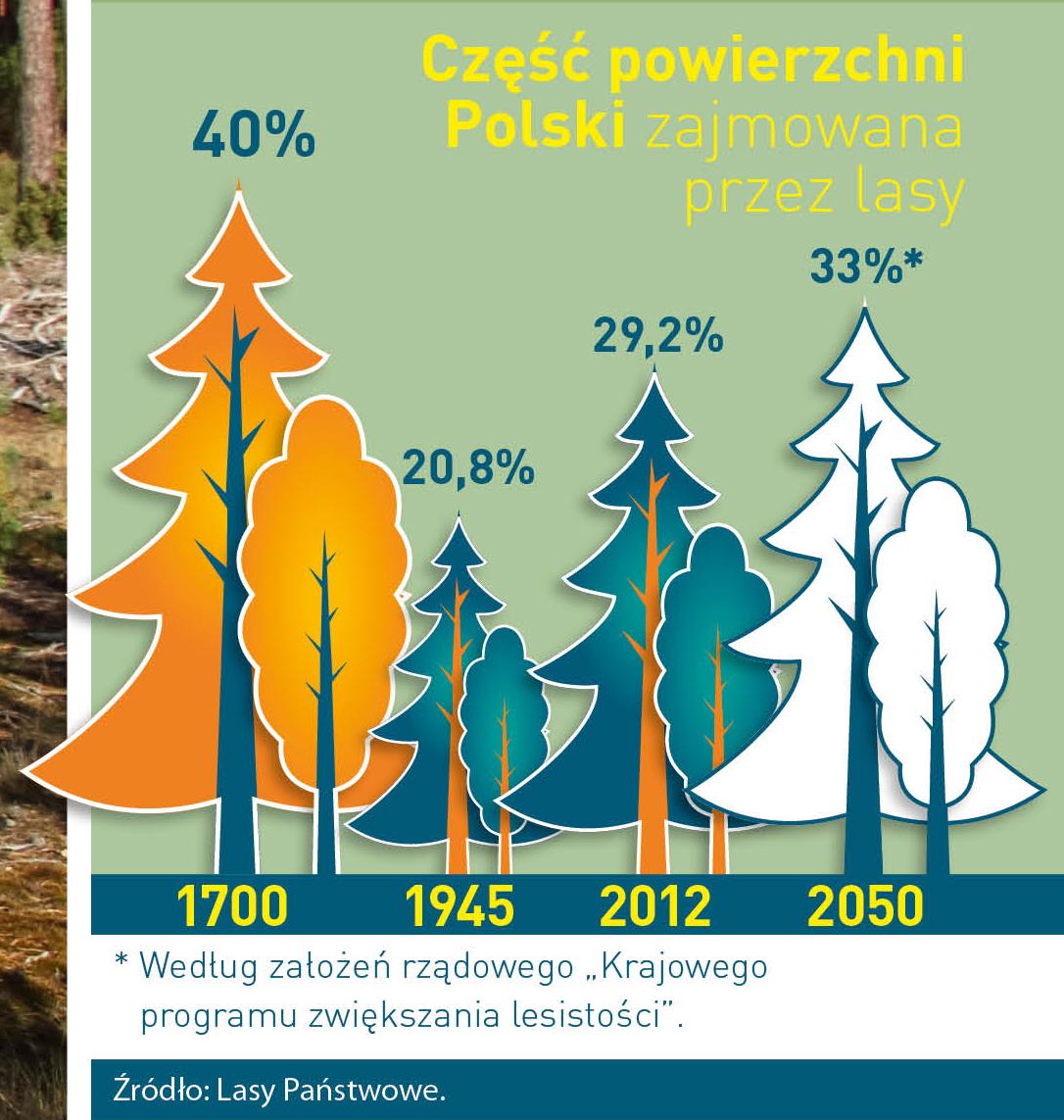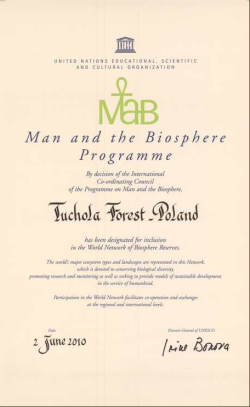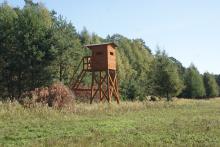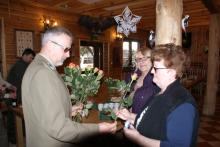 Asset Publisher
Asset Publisher
Polish forests
Poland is in the European lead, while concerning the area of all forests. They cover about 29,2 % of the country territory, and grow within the area of 9,1 million hectares. The overwhelming majority of the forests is state owned, of which almost 7,6 million hectares are managed by the State Forests National Forest Holding..
The number of Polish forest is still growing. The forestation rate of the country has increased from 21 % in 1945 to 29,2 % at the moment. Between 1995 and 2008, the forest area increased by 310 thousand ha. The basis for afforestation works is the "National Programme for Increasing the Forest Cover" (KPZL), assuming an increase of the forestation rate up to 30 % by 2020 and up to 33 % by 2050. Polish forests abound in flora, fauna and fungi. 65 % of the total number of animal species live there.
The forests grow in our country on poor soils, mainly because of the development of the agriculture in previous years. It influences the distribution of the types of the forest sites in Poland. Over 55 % of the forest areas is covered with coniferous forests. In other areas, there are forest sites, mainly the mixed ones. Their small part constitute alder and riparian forests – not more than 3 %.
In the years 1945 – 2011 the area of natural deciduous tree stands within the area of the State Forests National Forest Holding increased from 13 to 28,2 %.
Within the lowlands and uplands the most often occurring tee species is pine. It covers 64,3 % of the forest area of the State Forests National Forest Holding and 57,7 % of private and commune forests. In the mountains the predominant species is European spruce ( in the west) and European spruce with beech (in the east). Domination of pine is the result of carrying on sustainable forest management in the past. Once, the monocultures (crops or cultivations of one species) were the answer to the great demand of industry for wood. Such forests appeared to be quite fragile to climatic factors. They also were often the prey of pests' expansion.
In Polish forests, the share of other tree species, especially deciduous trees have been systematically increasing. The foresters have stepped aside from monocultures – that is why, they try to fit specific species of the forest stand to the natural stand, that would be proper for the given area. Thanks to that, in the years 1945 – 2011, the area of the deciduous tree stands within the lands of the State Forests National Forest Holding increased from 13 to 28,2 %. There occur more and more frequently the following tree species: oaks, ashes, maples, sycamore maples, elms, but also birches, beeches, alders, poplars, hornbeams, aspens, tilias and willows.
Our forests are the most often represented by the forest stands aged 40 to 80 years. The average age of the forest equals 60 years. More and more trees are of big size at the age over 80 years. Since the end of the Second World War, the forests' area has increased up to almost 1,85 million hectares.
Raport o stanie lasów w Polsce 2012
 Asset Publisher
Asset Publisher
10 lat od powołania Rezerwatu Biosfery Bory Tucholskie
10 lat od powołania Rezerwatu Biosfery Bory Tucholskie
Dwie okrągłe rocznice- 10 powołania Rezerwatu Biosfery Bory Tucholskie i 5 powołania rady koordynacyjnej rezerwatu.
Rezerwat Biosfery Bory Tucholskie to dziesiąty i zarazem największy rezerwat biosfery utworzony w Polsce. Rezerwaty biosfery, których na świecie znajduje się ponad 500, stanowią wyznaczone obszary chronione, zawierające cenne zasoby przyrodnicze. Mają one na celu ochronę różnorodności biologicznej oraz umożliwienie lepszej obserwacji zmian ekologicznych w skali całej planety. Każdy z nich pełni trzy zasadnicze funkcje. Pierwszą z nich jest funkcja ochronna – jest to swoisty wkład w ochronę krajobrazu, ekosystemów, gatunków oraz odmian. Druga funkcja – rozwojowa – stwarza możliwości ekonomicznego i społecznego rozwoju, zrównoważonego kulturowo i ekonomicznie. W ramach tej funkcji podkreślana jest rola człowieka, który koegzystuje z naturą. Funkcja trzecia – wspierania logistycznego poprzez edukację ekologiczną, szkolenia, badania i monitoring w odniesieniu do lokalnych, regionalnych, narodowych oraz globalnych zagadnień związanych z ochroną przyrody i zrównoważonym rozwojem. Na obszarze Rezerwatu Biosfery Bory Tucholskie badania te będą prowadzone w oparciu o dziewięć stacji terenowych należących do pięciu uczelni wyższych z Torunia, Bydgoszczy, Gdańska i Łodzi. W działalność edukacyjną z kolei będzie włączonych szereg podmiotów, od służb ochrony przyrody do organizacji pozarządowych.
Rezerwat Biosfery Bory Tucholskie podzielony jest na trzy strefy: rdzenną, buforową oraz tranzytową. Łączna powierzchnia stref wynosi 319 000 ha. Najcenniejszą z nich - strefę rdzenną – tworzy Park Narodowy „Bory Tucholskie” oraz 25 rezerwatów przyrody: Dolina Rzeki Brdy, Bagna nad Stążką, Źródła Stążki, Jezioro Piaseczno, Brzęki im. Zygmunta Czubińskiego, Miedzno, Cisy Staropolskie im. Leona Wyczółkowskiego, Jezioro Laska, Mętne, Bór Chrobotkowy, Bagno Stawek, Jezioro Ciche, Jezioro Małe Łowne, Piecki, Cisy nad Czerską Strugą, Kręgi Kamienne, Jezioro Zdręczno, Krwawe Doły, Jeziorka Kozie, Nawionek, Ustronie,Bagno Grzybna, Jelenia Góra i Martwe. Łączna powierzchnia strefy rdzennej wynosi 7 881 ha. Obszar ten składa się z najcenniejszych przyrodniczo obiektów całego regionu Borów Tucholskich. Kolejną strefę, tzw. buforową tworzą głównie cztery parki krajobrazowe, z wyłączeniem powierzchni występujących w nich rezerwatów przyrody. Parki krajobrazowe tworzące tą strefę to Wdzydzki Park Krajobrazowy, Zaborski Park Krajobrazowy, Tucholski Park Krajobrazowy oraz Wdecki Park Krajobrazowy. Trzecia strefa – tranzytowa – to obszary 22 gmin (13 z województwa kujawsko-pomorskiego i 9 z województwa pomorskiego) oraz jednego miasta – Tucholi. Są to tereny gmin: Bukowiec, Cekcyn, Drzycim, Gostycyn, Jeżewo, Kęsowo, Lniano, Lubiewo, Osie, Śliwice, Świekatowo, Tuchola i Warlubie z woj. kujawsko-pomorskiego oraz Brusy, Chojnice, Czersk, Dziemiany, Karsin, Konarzyny, Kościerzyna, Lipusz i Stara Kiszewa z woj. pomorskiego. Powierzchnia strefy tranzytowej wynosi ponad 206 000 ha, jest to obszar niemal dwukrotnie większy od strefy buforowej. Jest to pewien wyróżnik Rezerwatu Biosfery Bory Tucholskie, bowiem w Polsce na ogół powierzchnia rezerwatu biosfery pokrywa się z obszarem występującego w danym miejscu parku narodowego. Takie „odstępstwo od reguły” ma swoje bardzo pozytywne strony. Rezerwat Biosfery nie jest bowiem typową formą ochrony, taką jaką są np. parki narodowe – rezerwat ma bardziej znaczenie promocyjne i nobilitujące dany obszar. Dzięki temu, że Rezerwat Biosfery Bory Tucholskie obejmuje swoim zasięgiem wiele gmin możliwe jest wykorzystanie tego faktu do celów promocyjnych.


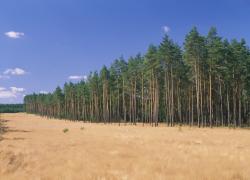 fot. Paweł Fabijański
fot. Paweł Fabijański
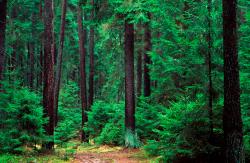 fot. Paweł Fabijański
fot. Paweł Fabijański
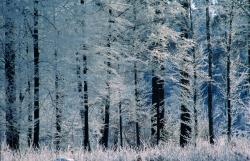 fot. Paweł Fabijański
fot. Paweł Fabijański
